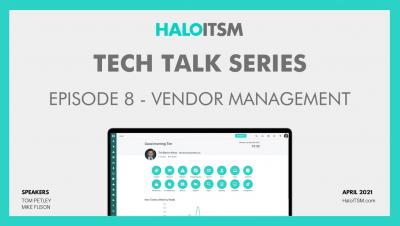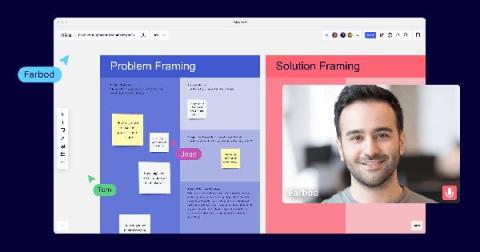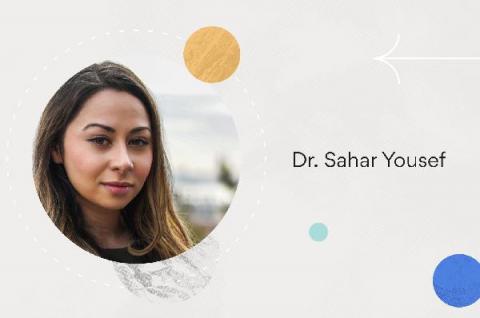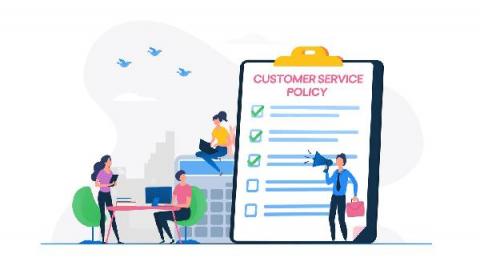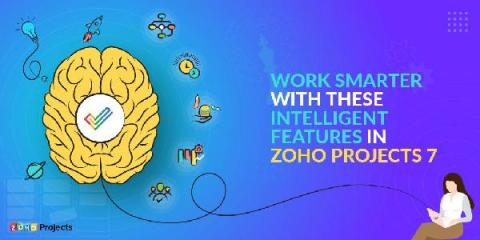Teams | Collaboration | Customer Service | Project Management
%term
AI Customer Service Case Study - Featuring Megabus
How we do product management at Miro
When I first joined Miro, less than a year ago, we had 3 million users and around 300 employees. A lot has changed since then. We have since grown to approximately 15 million users and 700 employees, making Miro one of the fastest-growing B2B startups in history. With such hyper-growth, there’s an ever-growing need to scale the way we do product. In this article, I’ll walk through the approach that I introduced at Miro a while ago and is currently at the heart of our product strategy.
Overcoming burnout in a distributed world
Dr. Sahar Yousef is a cognitive neuroscientist and leading expert on productivity, as well as a faculty member at UC Berkeley’s Haas School of Business. She teaches a popular MBA class, “The Science of Productivity and Performance,” and has been featured in Forbes, The Wall Street Journal, Wired, and Business Insider.
A complete guide to personalization in 2021
After a year of uncertainty caused by a global pandemic, people are craving the comforting embrace of familiarity—and they’re looking for it in all sorts of places. A 2020 study showed that customers only wanted to buy from the companies that knew them best. Seventy percent said they would do their holiday shopping exclusively with brands that personally understand them. Clearly, there’s a big reward to be had in personalizing customer experiences.
The Freshworks way of making apps highly available
Your application should always be ready to serve the requests received. The measure of the degree to which your application is available to serve all incoming requests within an acceptable amount of time is the topic we are going to focus on: availability. Obviously, achieving a 100% availability sounds too good to be true. There are various problems that may occur. This is why your application should define a Service Level Agreement (SLA) for availability and work to meet the SLA.
Why a Customer Service Policy is Important & How To Create One
You want to provide customers with a great customer service experience. But what does that mean exactly? Let’s say a customer has a complaint about a recent purchase. Will all of your support agents handle it the same way? Maybe one agent feels that the situation warrants a refund while another doesn’t believe it requires follow-up at all. It’s important not to leave “good customer service” open to the interpretation of individual employees.
Work smarter with these intelligent features in Zoho Projects
In the 2020 edition of PMI’s Pulse of the Profession, one of the top three factors that executive leaders attributed to project success was investing in the right technology (32%). However, what’s the right technology for you? This can vary based on your industry, role, type of organization, and nature of work. But the one factor that wins uncontested is the ability of a tool to be adopted by people. In other words, how easily can software be adopted or implemented by your organization?
4 Project Portfolio Templates for Portfolio Management
There’s a wide variety of ways to view all of the endeavors your organization is working on, but viewing all of the work within your company’s wingspan can be quite daunting, and perhaps even meaningless, as it lacks the context and actionability of how your initiatives unfold on a day-to-day basis. Clustering your projects into Portfolios will help your company’s leadership contextualize your efforts, as well as sharpen the focus of those tasks with carrying out the daily driving.
Part 3: Omnichannel Self Service for B2B Customer Support
Industry research has shown the increasing popularity of self-service from both company and customer perspectives. One report from Software Advice validates that self-service really does have a positive and measurable impact on both quality and quantity of customer service issues requiring an agent’s attention. Over 75% of respondents confirmed that First Level Resolution, First Contact Resolution, Cost Per Contact, and Cost Per Incident were improved.


